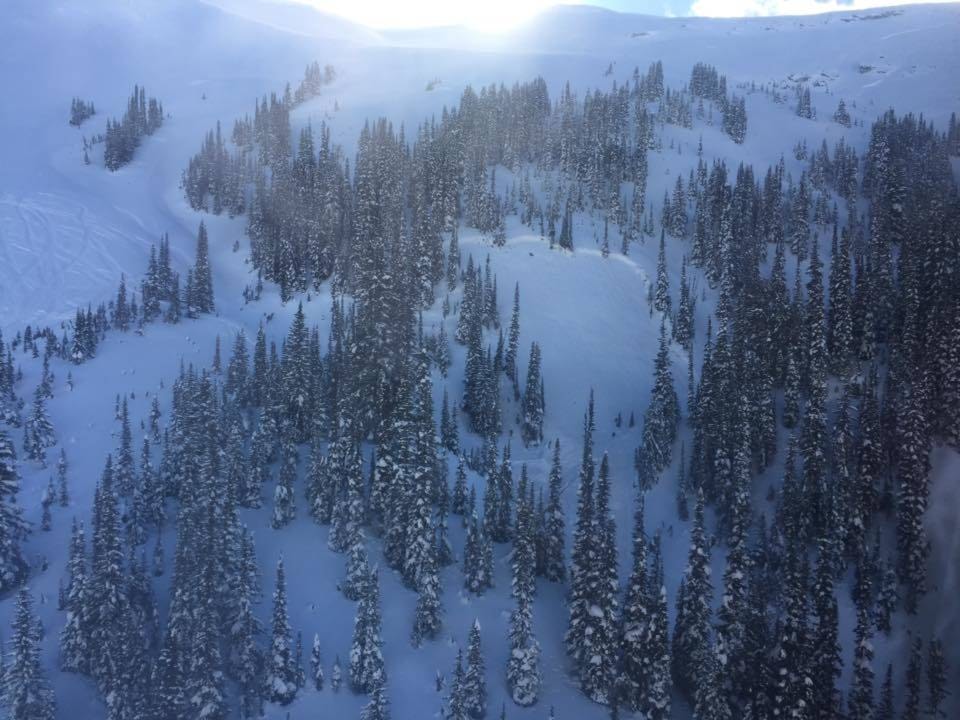A man is dead following an avalanche that buried him in the backcountry near Golden.
He was snowmobiling with a friend on Feb. 9 when they triggered the avalanche from beneath, and they found themselves in a terrain trap, said Golden and District Search and Rescue’s Sean Nyilassy.
A second party of snowmobilers heard yelling nearby and were able to assist in freeing the man from the avalanche debris using a transceiver and shovels. They started CPR on the man who was unresponsive.
The GADSAR team was the second to arrive and they took over performing first aid.
“He did have a pulse and was breathing on his own when we got him to the hospital,” Nyilassy said. “It was a difficult call to deal with.”
“Avalanche Canada did have a special public avalanche warning out that weekend, and there was some weak layers,” he added. “All the snow funnelled in and the patient was under about three metres of snow when he was located by the second party, which is quite a deep burial.”
RELATED: Airlifted to Calgary after Golden area avalanche
The man was taken to the hospital, and later transported to Calgary, but was taken off life support later in the week.
The Golden-Field RCMP will continue to assist the BC Coroners Service with the investigation.
It is always important for people travelling into the backcountry to be prepared and aware of the snow conditions, Nyilassy said.
“There’s usually one or two avalanche calls that we respond to a year, and often the result isn’t positive unfortunately,” he said.
The Golden and District Search and Rescue have been busy this season with 18 calls since the beginning of winter, 13 of those in 2018.
When travelling in the backcountry, Nyilassy says it is hard to tell how many people are actually prepared if things go wrong. He suggests staying properly educated and equipped, always expecting the unexpected. It is helpful to have extra food and water, and extra layers in case travellers end up spending more time in the backcountry than expected.
“There’s still a lot of winter left, so as long as people are making smart decisions in the back country and reading the avalanche bulletins before they go out, hopefully future incidents can be prevented or avoided,” Nyilassy said.
Avalanche forecasters are hard at work at Avalanche Canada to provide the most up to date information possible. The conditions change rapidly, and are hard to predict.
“What the snow pack and the conditions were like during that accident are significantly different than what the conditions are now,” a spokesperson for Avalanche Canada said.
Avalanche Canada provides information on its website, www.avalanche.ca, about avalanche hazards and warnings, and snow conditions.
